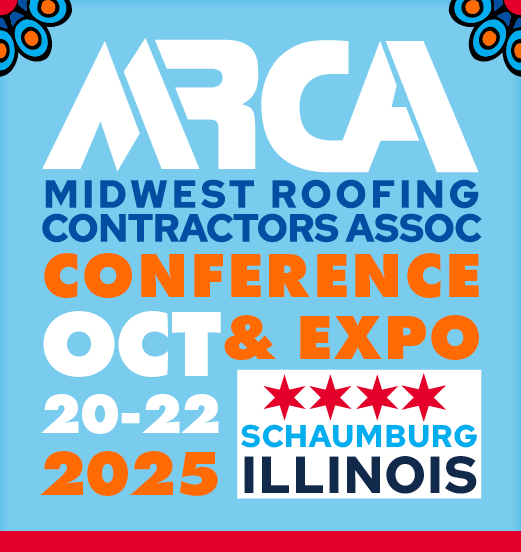5 Important Safety Things You May be Doing Wrong

By Karen L. Edwards, RCS Editor.
Contractors are working hard to stay OSHA compliant, but they just might not be going about it the right way.
This month on the Coffee Shop, we asked our influencers about their best safety practices and how they handle safety within their companies. We received a lot of great answers, which you can read here, but we wanted to take it even further to discover what the top safety items are that contractors are either doing wrong or forgetting about it.
I reached out to Isaac Itofe of SOS to learn more. Isaac is a seasoned safety expert who has worked for large general contractors and engineering firms and now runs his own safety consulting company.
#1 – Using a template found on the Internet.
Isaac said that one of the biggest mistakes contractors make is finding a safety manual online, copying and pasting it and putting their logo on it as their own. “Whatever you put on paper is what OSHA expects you to do,” explained Isaac. “I have had contractors ask me for help and when I review their safety manuals, I see references to lab coats being worn at all times in the lab, or restriction on high heels in the lab. I know right away they just copied and didn’t properly review it to meet their specific needs.”
Isaac explained that if a contractor does have a run-in with OSHA, the first thing they will ask to see is the safety policy. As they read through it, if they see references to labs and other things not relevant to your business, they will quickly conclude that you are a contractor who doesn’t ‘get it’ which could lead to higher fines.
#2 – Not documenting inspections
OSHA requires inspections from all contractors and employers and most contractors do daily inspections of electrical equipment, forklifts and general worksite inspections from a competent person. “The competent person must look at the jobsite through the lens of identifying what could cause workers to get hurt and then determining how to fix it,” said Isaac. “It doesn’t say anywhere that these inspections need to be documented, but if OSHA asks you to prove that you are doing your inspections, you can’t do it without documentation.”
#3 – Not fixing what you find
Some contractors have excellent documentation. “Often if someone falls on a jobsite, when they come back, the contractor will appoint them as safety director,” explained Isaac. “They will document and identify the issues but often I see they haven’t taken the next step to fix the problem.”
#4 – Not requiring employees to review safety data sheets
Every chemical that an employee handles requires a safety data sheet. “This includes every chemical – even gasoline and WD-40,” Isaac said. “I’ve known crews that use WD-40 to help remove tar from their hands, but repeated exposure in a manner that the chemical was not intended for can result in physical harm.” They need to understand the potential dangers that come with using the chemical, proper precautions to take while using it and what to do if they are exposed.
#5 – Not properly training employees.
“Training of employees is grossly overlooked and it’s one of OSHAs most frequently cited offenses – especially in roofing,” Isaac explained. “Say a roofer has a big job that starts tomorrow, and they need to ramp up their crews. They may offer a bonus to each crew member who brings a worker along with them to help. The contractor puts them to work and there has been zero training.”
OSHA seems to have an uncanny ability to show up in those situations. “With a lack of trained employees on the job, the contractor will be cited,” said Isaac. “They need to understand the nature of the job and have the adequate training to perform it. Anything the employees do that could bring harm, they need to be properly trained on. It’s just a cost of doing business.”
Isaac explained that OSHA is the law and contractors are subject to it just as the general public could be cited for driving without a seatbelt on. “If someone chooses to drive down the road without a seat belt and they get pulled over, they know that they are going to get a fine. Same applies to contractors, if they don’t follow the law as established by OSHA, they too will receive a fine,” he concluded.
Get the latest industry news delivered to your inbox each week when you sign up for the RCS Week in Review email newsletter.



















Comments
Leave a Reply
Have an account? Login to leave a comment!
Sign In